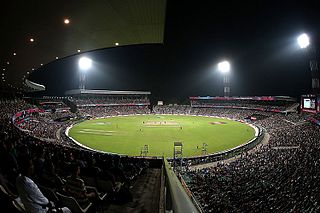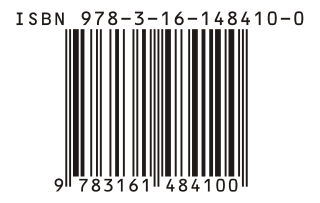It is proposed that this article be deleted because of the following concern:
If you can address this concern by improving, copyediting, sourcing, renaming, or merging the page, please edit this page and do so. You may remove this message if you improve the article or otherwise object to deletion for any reason. Although not required, you are encouraged to explain why you object to the deletion, either in your edit summary or on the talk page. If this template is removed, do not replace it . The article may be deleted if this message remains in place for seven days, i.e., after 14:39, 7 January 2019 (UTC). Nominator: Please consider notifying the author/project: {{subst:proposed deletion notify |Thomas Southam|concern=Player did not play in first-class matches, as suggested by the article. Given the matches were in the 1740s and single-wicket games, there's no chance these will be given retrospective first-class status. Only two sources says he existed too, but curiously no coverage on CricketArchive. Fails [[WP:CRIN|CRIN]] and [[WP:GNG|GNG]].}} ~~~~ |
| Personal information | |
|---|---|
| Full name | unknown |
| Born | c.1720 England |
| Batting | unknown hand |
| Bowling | underarm: unknown hand and type |
| Role | batsman |
| Domestic team information | |
| Years | Team |
| c.1745–1755 | London |
| Career statistics | |
Source: F. S. Ashley-Cooper, 17 February 2013 | |
Thomas [1] Southam (dates unknown) was an English cricketer who played in first-class cricket during the 1740s, chiefly associated with London Cricket Club. He is recorded in 1749 only, playing in two single wicket matches at the Artillery Ground in August followed by an appearance for Long Robin's XI against Tom Faulkner's XI, also at the Artillery Ground, on Monday, 28 August 1749. [2]

Cricket is a bat-and-ball game played between two teams of eleven players on a field at the centre of which is a 20-metre (22-yard) pitch with a wicket at each end, each comprising two bails balanced on three stumps. The batting side scores runs by striking the ball bowled at the wicket with the bat, while the bowling and fielding side tries to prevent this and dismiss each player. Means of dismissal include being bowled, when the ball hits the stumps and dislodges the bails, and by the fielding side catching the ball after it is hit by the bat, but before it hits the ground. When ten players have been dismissed, the innings ends and the teams swap roles. The game is adjudicated by two umpires, aided by a third umpire and match referee in international matches. They communicate with two off-field scorers who record the match's statistical information.
First-class cricket is an official classification of the highest-standard international or domestic matches in the sport of cricket. A first-class match is of three or more days' scheduled duration between two sides of eleven players each and is officially adjudged to be worthy of the status by virtue of the standard of the competing teams. Matches must allow for the teams to play two innings each although, in practice, a team might play only one innings or none at all.
The original London Cricket Club was formed by 1722 and was one of the foremost clubs in English cricket over the next four decades, holding important match status. It is closely associated with the Artillery Ground, where it played most of its home matches.
As Southam had established his reputation by 1749, he must have been active for some years previously. Very few players were mentioned by name in contemporary reports and there are no further references to Southam after 1749.

